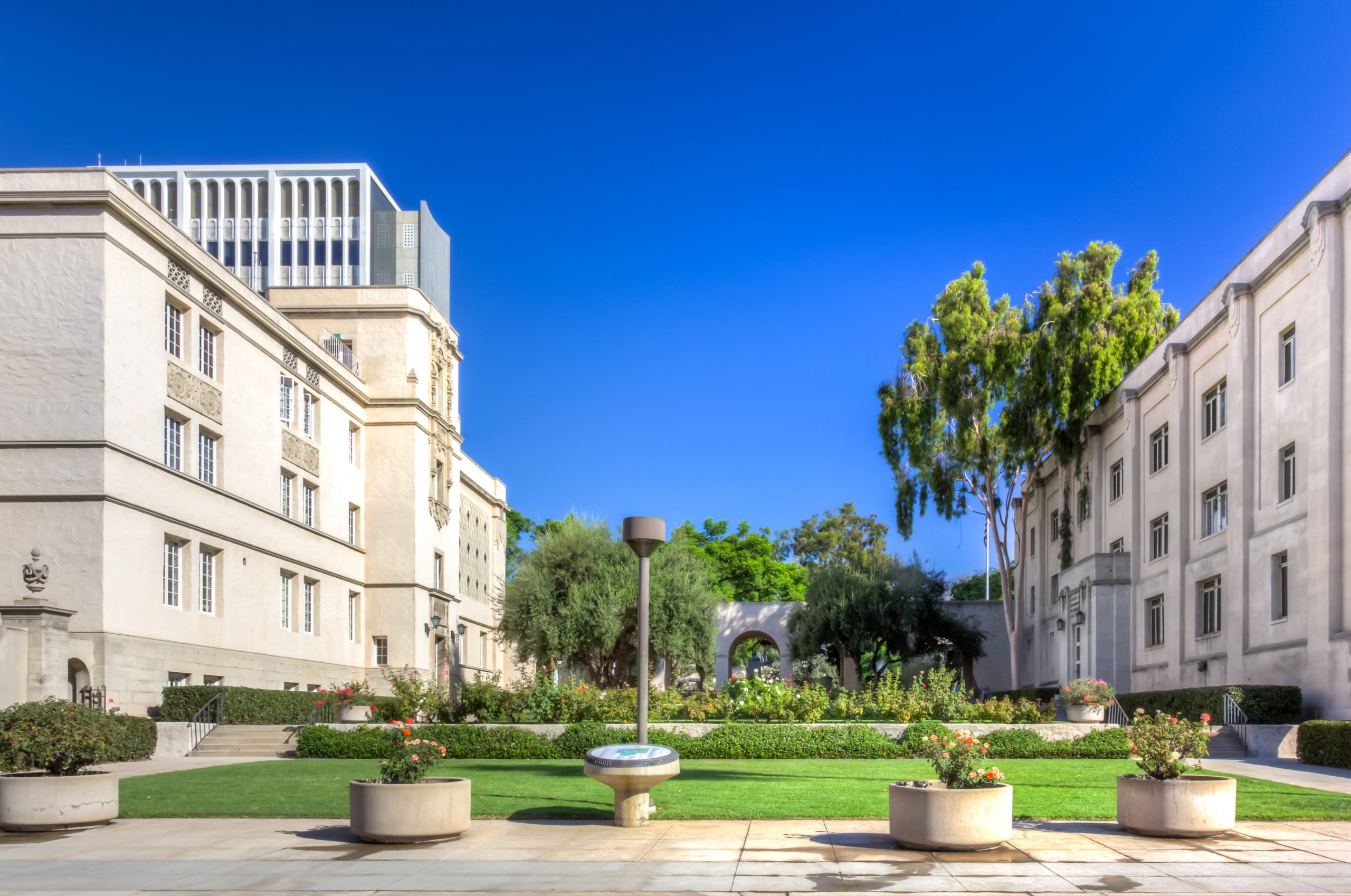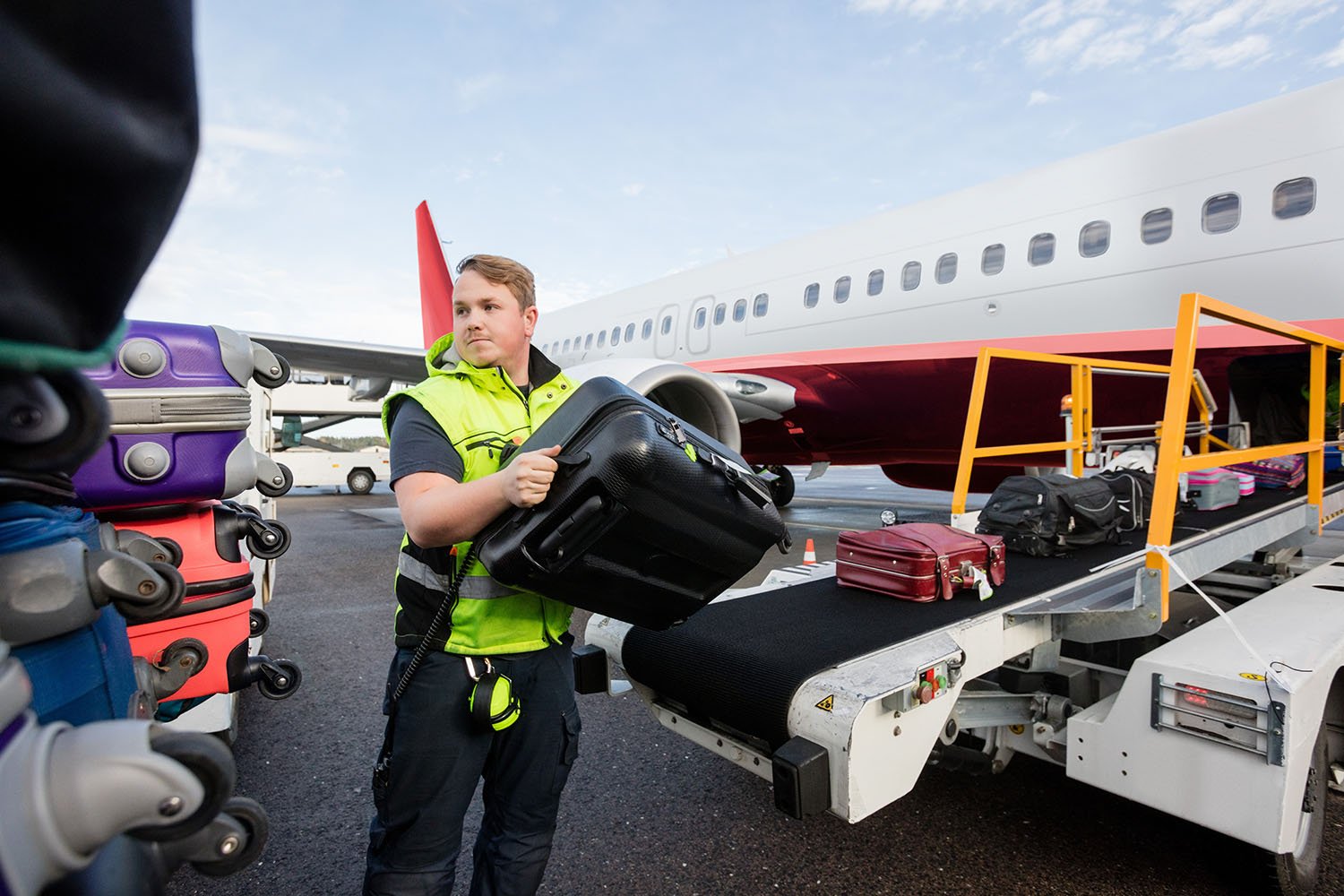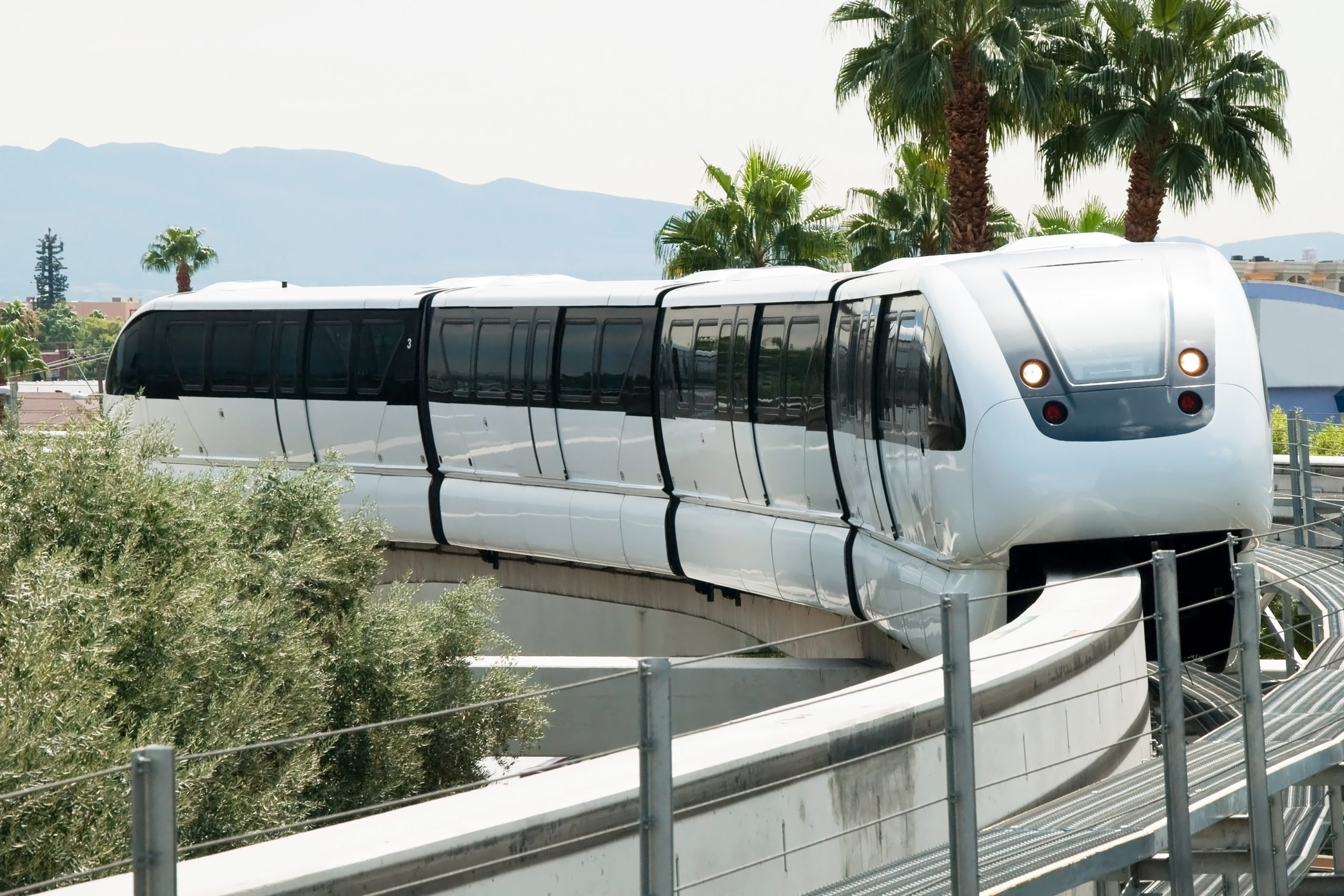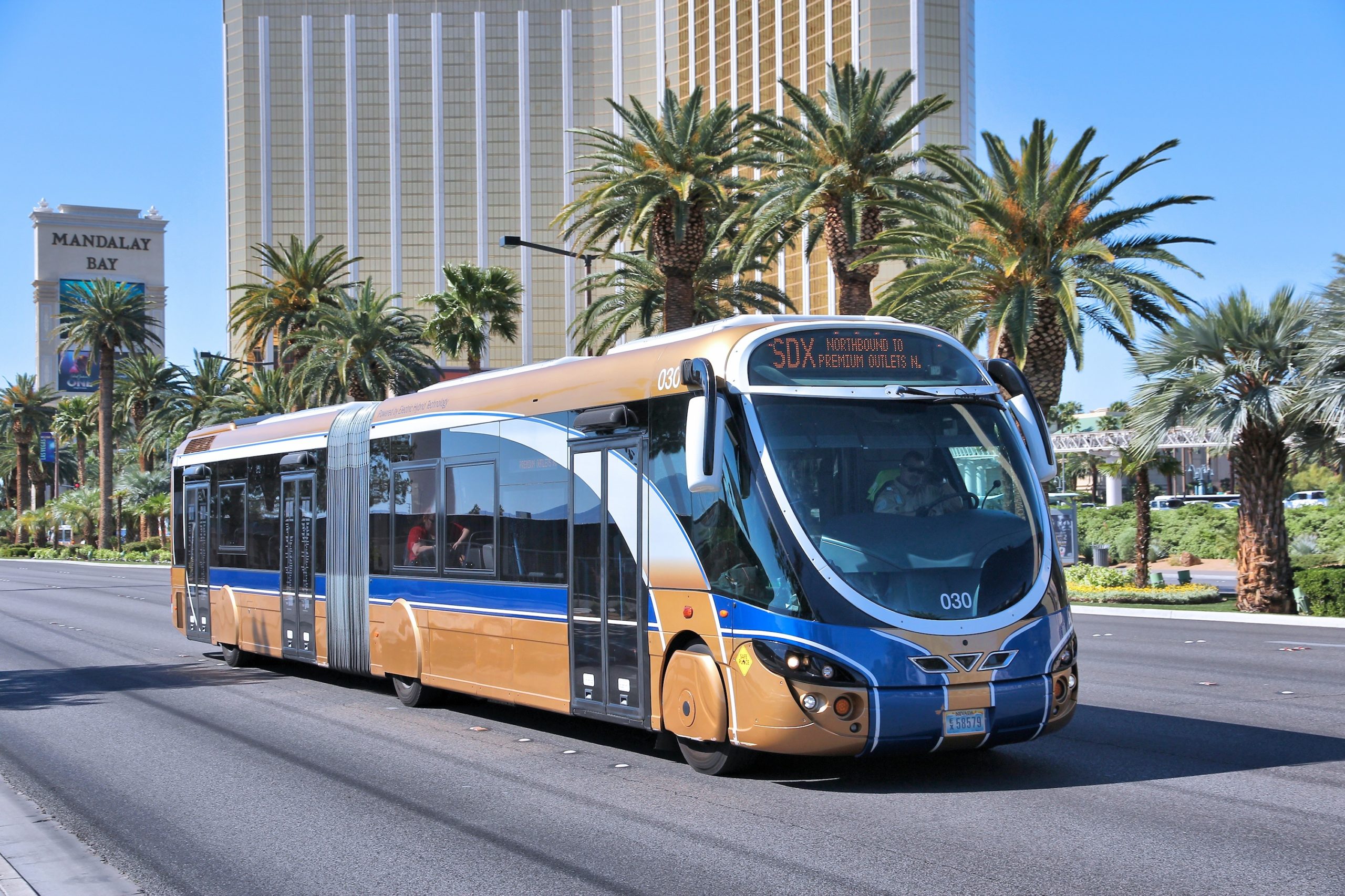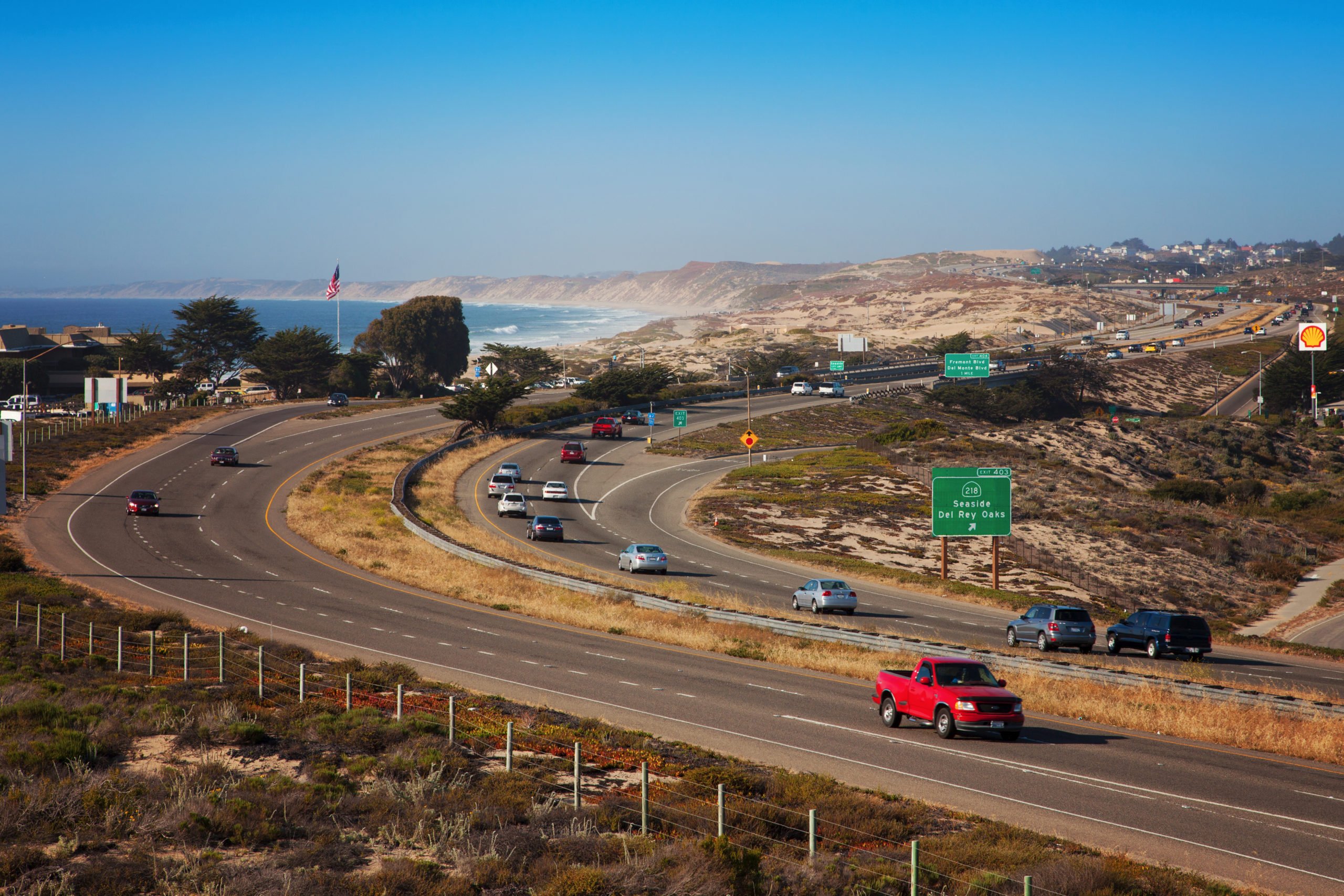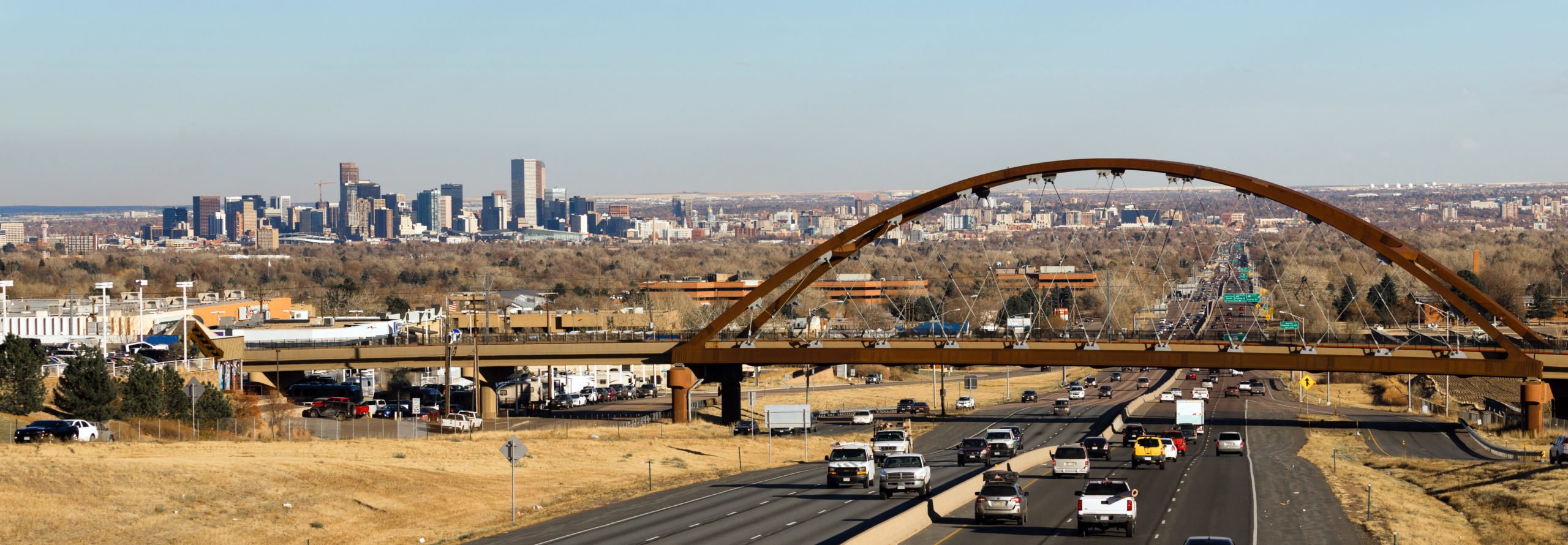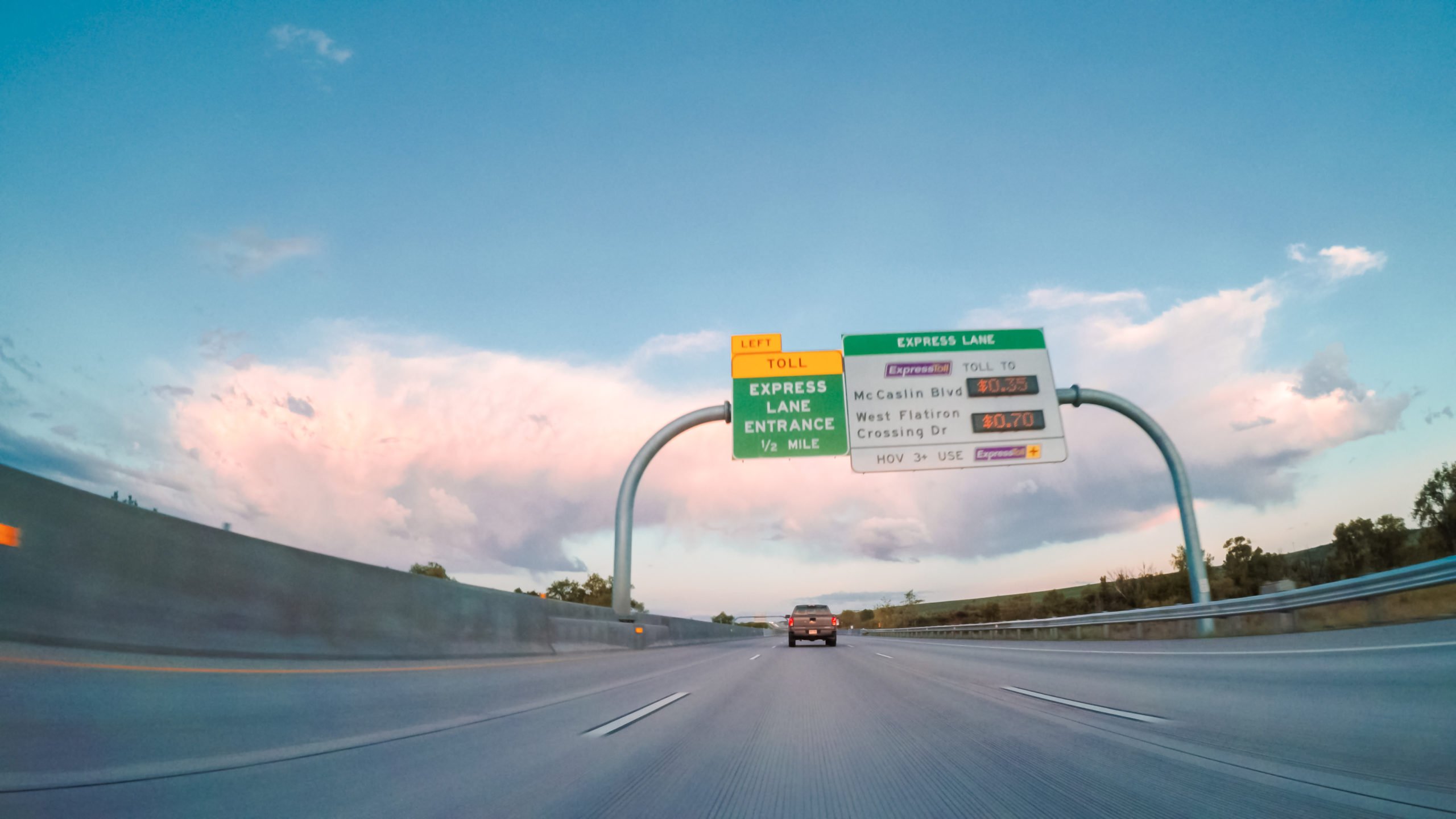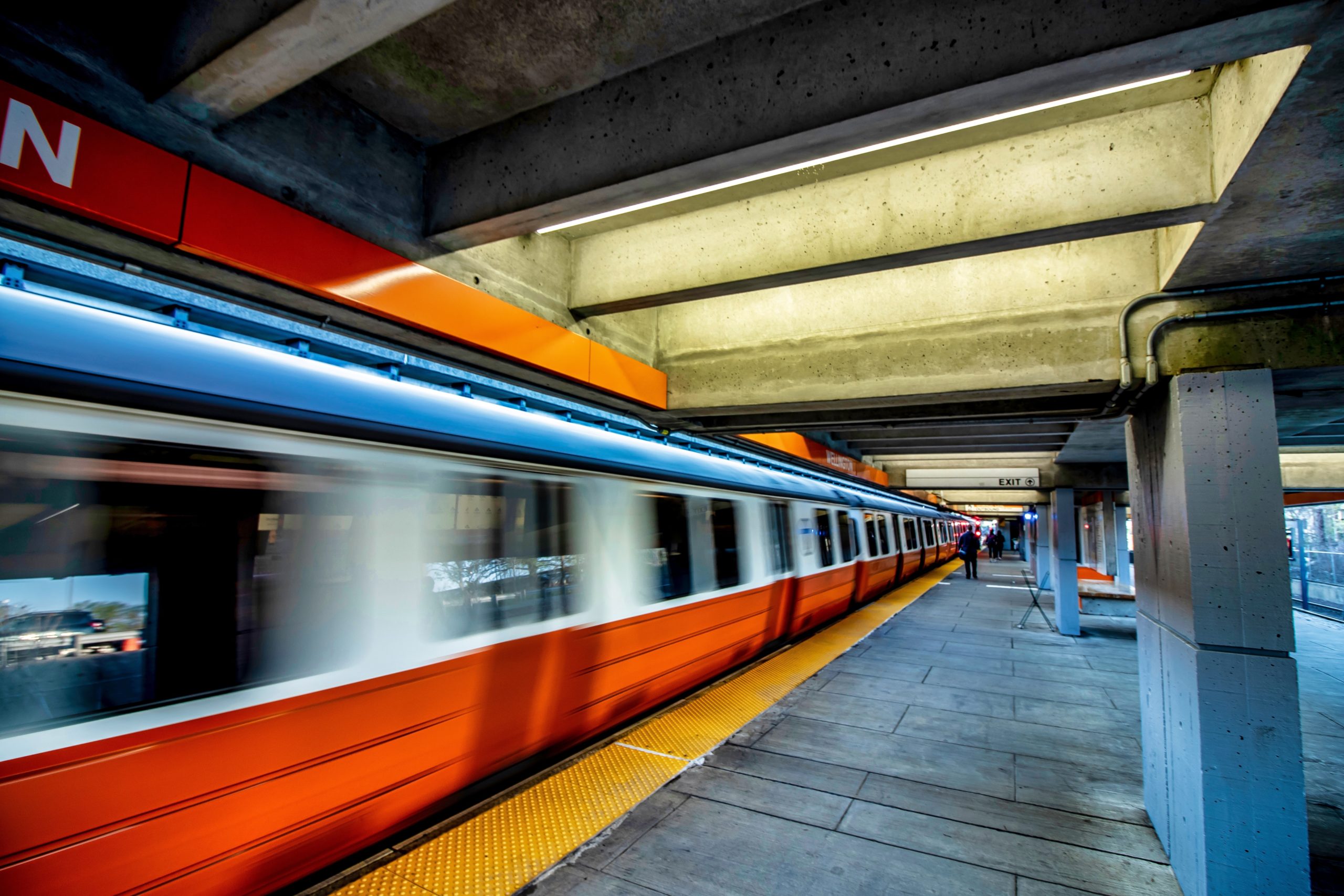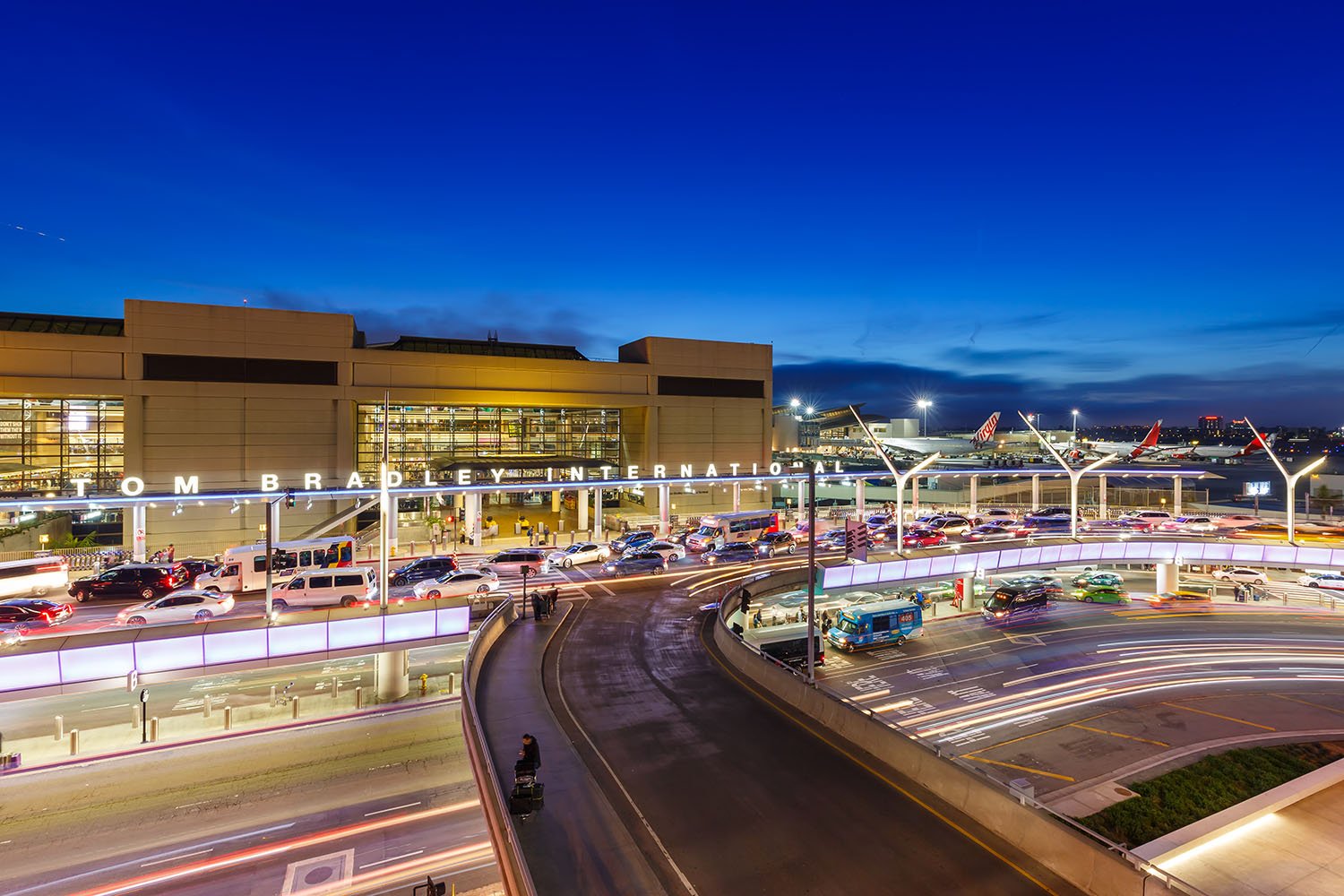Downtown Westminster TDM Plan
Westminster, Colorado
UrbanTrans developed a Transportation Demand Management (TDM) plan for downtown Westminster to facilitate the city’s goals to encourage density, minimize parking demand, and promote an active environment, supportive of walking, biking, and transit use, at the 105-acre redevelopment site of a former mall. To develop the plan, UrbanTrans undertook an inventory of existing and planned transportation infrastructure and services, collected anticipated resident and employee demographics, and evaluated projected vehicle trip generation. TDM strategy recommendations included parking management strategies, infrastructure investments, a transit pass program, a bike share program, educational efforts, and incentives.
To help assure successful implementation of plan recommendations, UrbanTrans developed an implementation timeline based on the completion of development milestones. Additionally, the plan included:
- Estimates of staffing and funds needed to implement the recommended strategies
- Potential funding sources
- Estimates of the likely impacts implementation will have on travel behavior and parking demand.



